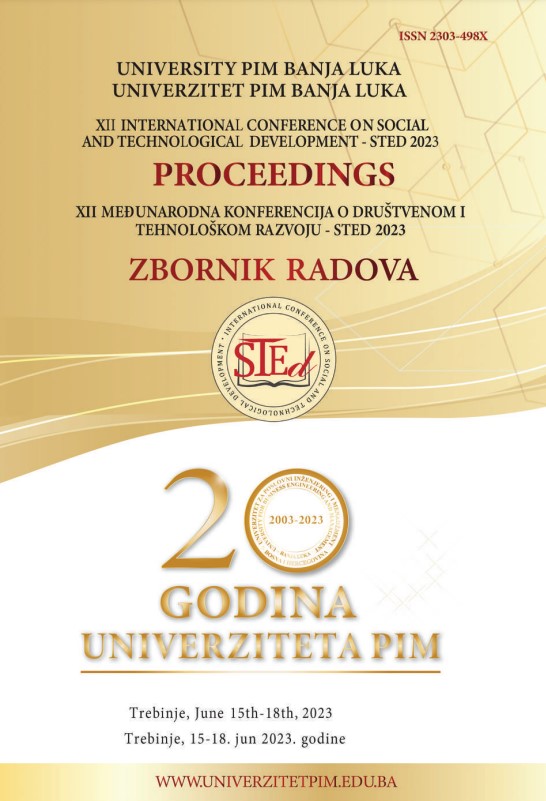WHY IS THE FINGERPRINT OF ILLITERATES PERSONS WHEN VERIFYING DOCUMENTS UNRELIABLE FOR EXPERTISE
DOI:
https://doi.org/10.7251/PIMZ2301002BKeywords:
document, fingerprint, textile pad with ink for stamps and stamps, papillary lines and minutiae, identity and non-identity, graphic-comparative methodAbstract
It is in practice that illiterate people, instead of signing documents, where a personal signature
is required, make an impression of the index finger of their right hand. This is done with the help
of persons in legally authorized services: in municipal registry offices, courts, police and notaries.
The procedure for fingerprint authentication is defined by law, but the way it is performed in
practice is performed in such a way that the fingerprint taken is of poor quality and is not reliable
when examining its authenticity. In practice, the coloring of the finger is performed by pressing the
finger/index finger on the surface of a textile pad soaked with stamp ink and after that the printing
is done by pressing the paper. The resulting fingerprint, due to the high roughness of the surface of
the textile cushion, the colored ink was not evenly adsorbed on the protruding papillary lines and
minutiae of the finger, and a fingerprint with broken papillary lines is obtained, and the minutiae
are almost not visible at all.
If the fingerprint is not made with clear papillary lines and if there are not at least twelve
visible minutiae between the papillary lines, then such a fingerprint is of poor quality and
unreliable for establishing its authenticity with an indisputable fingerprint in which papillary lines
and present minutiae are clearly visible. The rule in the expert examination of the authenticity of a
disputed fingerprint is to determine the identity of the structure of the papillary lines in the
disputed and undisputed fingerprint using the graphic-comparative method of identity and nonidentity,
to determine the identity or non-identity of at least twelve minutiae present in the disputed
and undisputed fingerprint. If the disputed fingerprint in the document was made in poor quality
and unprofessionally, then such a fingerprint is unusable for any comparison with the undisputed
fingerprint of a certain person.
